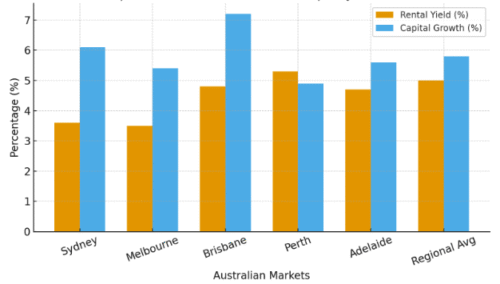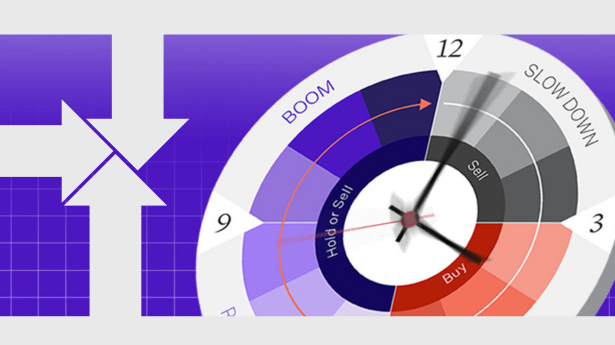If you’re a busy professional asking how to choose investment property Australia, you’re in exactly the right place. The Australian property market is fiercely competitive with rising interest rates, supply constraints and high investor demand all converge to make success less about luck and more about strategy. In this article we’ll show you exactly what steps matter, give you clear data on yield vs growth, show you how to select the best suburbs, and highlight the traps to avoid, so you can act with clarity, purpose and confidence.
Section 1: Establishing your investment criteria — the investment property checklist Australia
Before you even inspect listings, you need a sharp filter — a checklist tailored to the Australian market. If you skip this, you’ll waste time, money and risk emotional errors. Key filters for your checklist:
- Define your purpose: Are you buying for long-term capital growth, or are you aiming for rental income (yield)? This choice narrows down your suitable properties.
- Budget & borrowing capacity realistically: Just because you can borrow doesn’t mean you should. Think about total ownership costs: interest, maintenance, management fees, vacancy periods.
- Property type & condition: As many Australian guides note, houses tend to deliver stronger growth in many markets; apartments may deliver higher yield but often carry higher risk (body-corp fees, maintenance).
- Rental demand & vacancy risk: Choose suburbs or postcodes with historically low vacancy and strong tenant demand (near transport hubs, employment nodes, amenities).
- Exit & liquidity strategy: Ensure your property isn’t so niche that you’ll struggle to sell. Even if your plan is long-term, circumstances change.
- Tax, costs and cash-flow buffer: The Australian market has tax and regulatory nuances (negative gearing, CGT etc). While valuable, don’t rely purely on tax benefits to make your investment work.
By using this “investment property checklist Australia” upfront you steer clear of many wasted inspections and sharpen your decision-making.
Section 2: Growth vs yield — rental yield vs capital growth Australia investment property
A fundamental decision: do you prioritise yield (the rental income as % of purchase price) or capital growth (value increase over time)? Understanding the difference and applying Australian-specific data is key.
- According to CoreLogic data, 92.3 % of homes in Australia made a nominal gain on resale in their recent quarterly report.
- For example: in high-price cities like Sydney, yields are often 3-4 % because entry costs are high — meaning the appeal is growth.
- Some regional or emerging suburbs may offer yields of 5 %+ with growth potential. One specialist network reports average gross rental yield at 5.04 % as of Q1 2025.
So for busy professionals:
- If you need cash flow (to service debt, support other lifestyle goals) then a yield-friendly property with solid fundamentals is important.
- If you’re in a strong borrowing position, and your goal is long-term wealth, growth-oriented property may suit more.
- The smart strategy is a balanced one: aim for properties where both yield and growth potential exist, rather than solely chasing one. Your time is valuable — this means less guess-work, more disciplined metrics.

Section 3: Location matters — best suburbs for investment property Australia 2025
Even in a competitive market, certain suburbs deliver structural drivers that matter. Identifying the “best suburbs for investment property Australia 2025” requires rigorous filters:
- Population growth & demographics: Suburbs with rising population, new families, professionals or students often outperform.
- Infrastructure & amenity: Transport links, schools, commercial hubs signal future demand.
- Rental yield potential: Look for suburbs where purchase price isn’t astronomical but tenant demand is strong.
- Risk of oversupply/poor quality: Avoid suburbs with large upcoming apartment towers contributing to oversupply or weak rental markets.
- Exit attractiveness: Choose suburbs that appeal to a broad segment (owner-occupiers + investors) so your property has good resale flexibility.
In short: don’t chase “top lists” blindly. Use the filters above to identify a short list of suburbs, do your due diligence and move quickly. The market is fast-moving — your preparation gives you an edge.
Section 4: Avoiding common traps — what to avoid when buying investment property Australia
No investment is risk-free. In Australia’s competitive property market many make avoidable mistakes. Key “what to avoid when buying investment property Australia” items:
- Chasing the hype: Just because a suburb has had 10 %+ growth last year doesn’t mean momentum continues. Past performance is not guarantee.
- Poor condition property: A bargain may carry hidden costs (structural repairs, body-corp issues, high maintenance). Building & pest inspections are non-negotiable.
- High entry cost, weak cash-flow: If you purchase assuming yield but end up with minimal yield and interest rates rise, you may be under stress.
- Ignoring tax or regulatory changes: Australian investors must stay aware of changes to lending rules, depreciation schedules, negative gearing and CGT lines.
- Overlooking liquidity: Buying in a remote region or ultra-specialised property might mean you’re stuck when you want to sell.
By being aware of these traps your strategy remains cleaner and your execution sharper — exactly what time-poor professionals need.
Conclusion
In Australia’s competitive property market, success comes from strategy, not luck. By using a clear checklist, balancing yield and growth, and avoiding common traps, you’ll invest with confidence and precision. Stay disciplined, act on data, and let preparation drive results. Ready to take the next step? Speak with our team today to secure the right investment property for your goals.
——————————————————————————————————————————-
External links
- Forbes Advisor: “Guide to buying an investment property in Australia
- Morningstar: “How to successfully pick an investment property
- Sharp Property Buyers: “How to choose the right investment property — step-by-step guide







